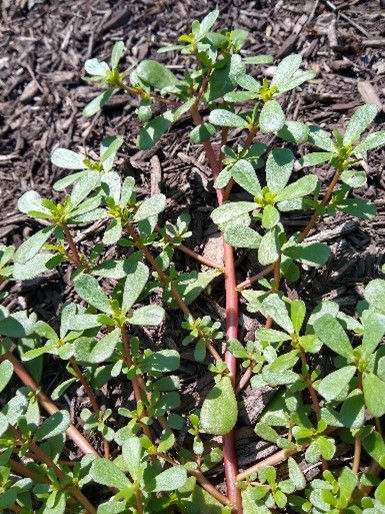Wildcrafting - Year End Review
- John Miller

- Dec 19, 2024
- 3 min read
I hope that you have learned a few edibles this year. I know I’ve learned a lot, both about plants I already know, but also about new plants I didn’t know were edible. It’s been fun and a challenge! I thought I’d talk about one new plant, but also show you a few pictures of plants I’ve talked about this year to see if you can identify them. If you can’t, that’s ok, just focus on the ones you know or are learning, and when you’re ready, add a few more. Just remember to positively identify any plant you intend to eat, and if in doubt, throw it out.
PRICKLY SOW THISTLE – Sonchus asper

This is the prickly one in the sow thistle family, the other 2 being Sonchus oleraceus (common), and Sonchus arvensis (perennial). I picked this one because it’s growing in my garden now (mid November). Prickly sow thistle is an annual and can be a winter annual. That means it can germinate in autumn, lives through the winter, produces seed, and dies the following year. That can be helpful when you are struggling to find greens in the winter. This plant starts off as a basal rosette, and then grows a flower stalk with many yellow dandelion-like flowers.

The leaves have sharp looking points on them, but no real spines like a true thistle. The alternate leaves on the stem curl downward and clasp the stem which is hollow. All parts of the leaves and stem will leak whitish sap and should be smooth. The leaves are the edible parts of the plant. Though they are pointy and a little prickly, I’ve never had a problem eating them raw. Picking younger, tender leaves will help a lot in that respect too. You can also cook them, which should also soften the leaves and lessen the prickly aspect of them.

Some look-alikes include dandelion, prickly lettuce, true thistles, and groundsel. Dandelion (edible) has leaves which can look somewhat similar, but will only have basal leaves as well as only one flower per stalk. Prickly lettuce (edible) will look similar and have whitish sap, but will have hairs/prickles on the underside of the leaf along the midrib. True thistles (edible) may also have similar looking leaves, but will not have whitish sap. The prickles will also be hard and very ouch! Groundsel (toxic) has similar looking flowers and stalk, but doesn’t have whitish sap, and the leaves don’t clasp the stem. The leaves are also smaller and a different shape than sow thistles.
Here's some pictures from this past years blogs for you to identify, have fun testing your knowledge! Answers below.
A.)

B.)

C.)

D.)

E.)

F.)

Answers:
A – Lambs quarter (Chenopodium album)
B – Wild violet (Viola sororia)
C – Purple deadnettle (Lamium purpureum)
D – Purslane – (Portulaca oleracea)
E – Hackberry (Celtis occidentalis)
F – Dandelion (Taraxacum officinale)
About Me:

John Miller loves the outdoors and enjoys learning about all the things the Creator has made. He enjoys hunting, fishing, backpacking, and finding new moths. While looking into prepping in 2008, he realized that developing skills such as knowing wild edibles and bushcraft skills were more important than storing food. Ever since then he has been learning and slowly working on the skills of these two disciplines. He currently lives in Cleveland, TN with his wife Rachel and six children.



Commenti